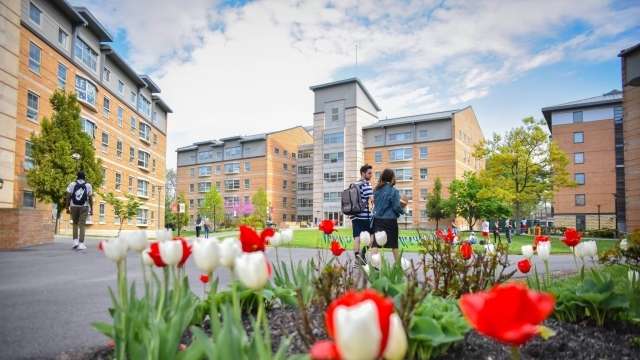

Life at St. John's
Elevate Your World
New York is just one of the remarkable places the St. John’s community calls home.
Make Memories
With a lively Residence Village, a dozen places to eat, BIG EAST sports, multiple study abroad locations, and scores of clubs and organizations—the opportunity for you to make lasting memories at St. John’s is virtually limitless.
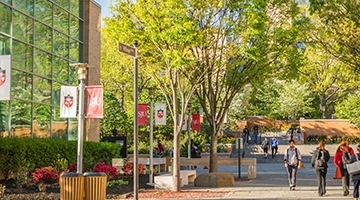
Career Development
University Career Services provides programs and services that create opportunities for students, alumni, faculty and employers to engage in mutually beneficial partnerships that meet the needs of an evolving and global workforce.

Health and Wellness
At St. John’s, we know that being healthy and being successful go hand in hand. We have the resources and information you need to develop the healthy habits that will serve you well in college and as a member of our alumni family.

Student Success
At St. John’s, the success of our students is our number one priority. That’s why we provide them with the tools they need to thrive in the classroom, on campus, and in the community. Our students are diverse, intelligent, curious, ambitious, and above all—impressive. When they graduate, they have a strong foundation for success at home, the workplace, and around the globe.

Clubs and Organizations
St. John’s is a place where discovery doesn’t stop when class ends. With more than 180 clubs and organizations, intramural sports, and an active Greek scene, you can always find something to do on campus.

Dining Services
St. John’s offers 12 dining locations on the Queens campus. So, whether you’re finicky or a foodie, you are never far from a wide range of nutritious and delicious choices for every palate.
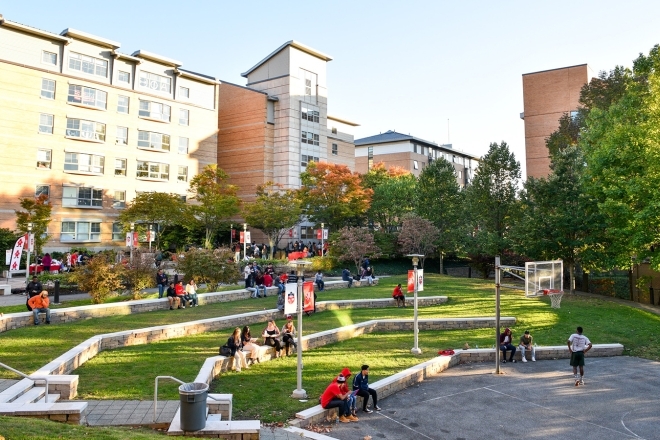
Welcome Home
Living on campus is both exciting and liberating because you share the experience with new roommates and neighbors. Once you immerse yourself in our tight-knit campus community, you find that your residence hall feels less like a dorm, and more like a home.
From the Blog
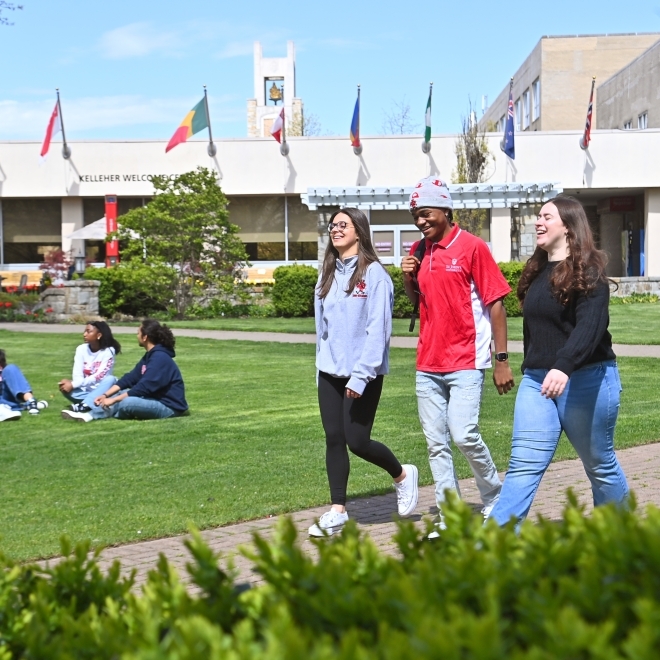
From High School to College Life: What Really Changes (and How to Thrive)
Do you wonder what really changes when you leave high school behind and start college life? The quick answer: a lot—but that’s not a bad thing. From managing your own schedule to handling bigger classes and more independence, the transition can feel like a major shift. It’s also an excellent opportunity to grow, try new interests, and carve out your own path.
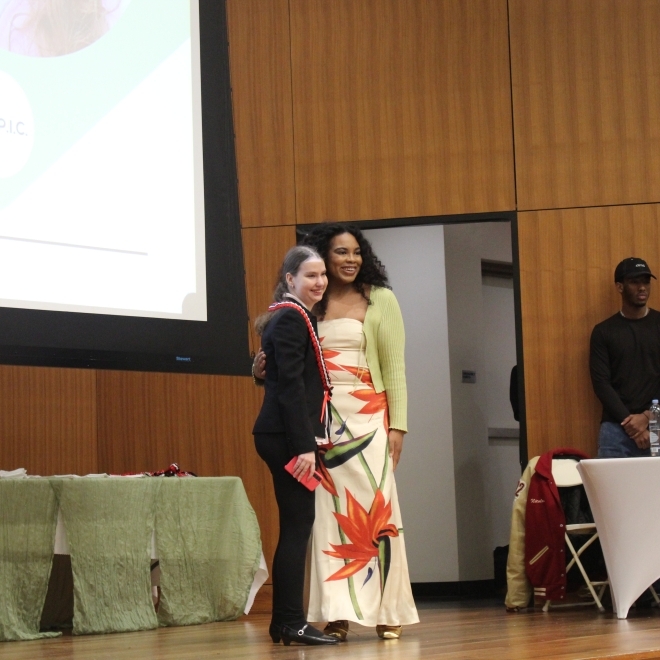
First-Year Mentorship Success at St. John’s: Laura’s Story
Between navigating new classes, building friendships, and adjusting to life away from home, starting college can feel exciting and overwhelming. That’s why St. John’s University created first-year mentoring opportunities such as E.P.I.C. (Establish Relationships, Promote Possibilities, Impact Direction, Confirm Next Steps)—pairing first-year students with experienced peers who can offer guidance, encouragement, and a sense of belonging.
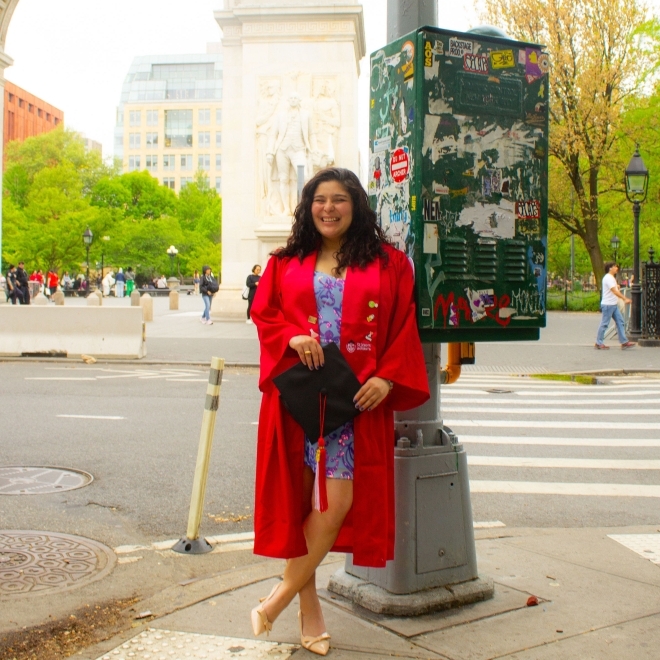
What Helped Me Succeed as an International Student? A Mentor Who Believed in Me
Starting college is a big step—but doing it in a completely different country? That takes a special kind of courage. When Antonia Cuellar Urrutia ’25C arrived in New York from Santiago, Chile, she was excited, determined, and far outside her comfort zone.
But amid it all, she found something that changed everything: mentorship.
News
Celebrating Care and Kindness: DAISY Awards Honor St. John’s Nursing Excellence
Three members of St. John’s University’s Department of Nursing community in the College of Pharmacy and Health Sciences were honored in 2025 with DAISY Awards, a recognition program established by The DAISY Foundation that celebrates, recognizes, and thanks nurses for the care and kindness they provide.
St. John’s Students Excel in Pair of Cybersecurity Competitions
Students in St. John’s University’s undergraduate cyber security systems and homeland security degree programs excelled recently at an Amazon-sponsored competition designed to unearth security vulnerabilities and promote real-time problem solving.
Tobin Students Use Marketing Skills to Help Build a School in Guatemala
Students in The Peter J. Tobin College of Business at St. John’s University are putting their business education to work to expand access to schooling for children in rural Guatemala...
